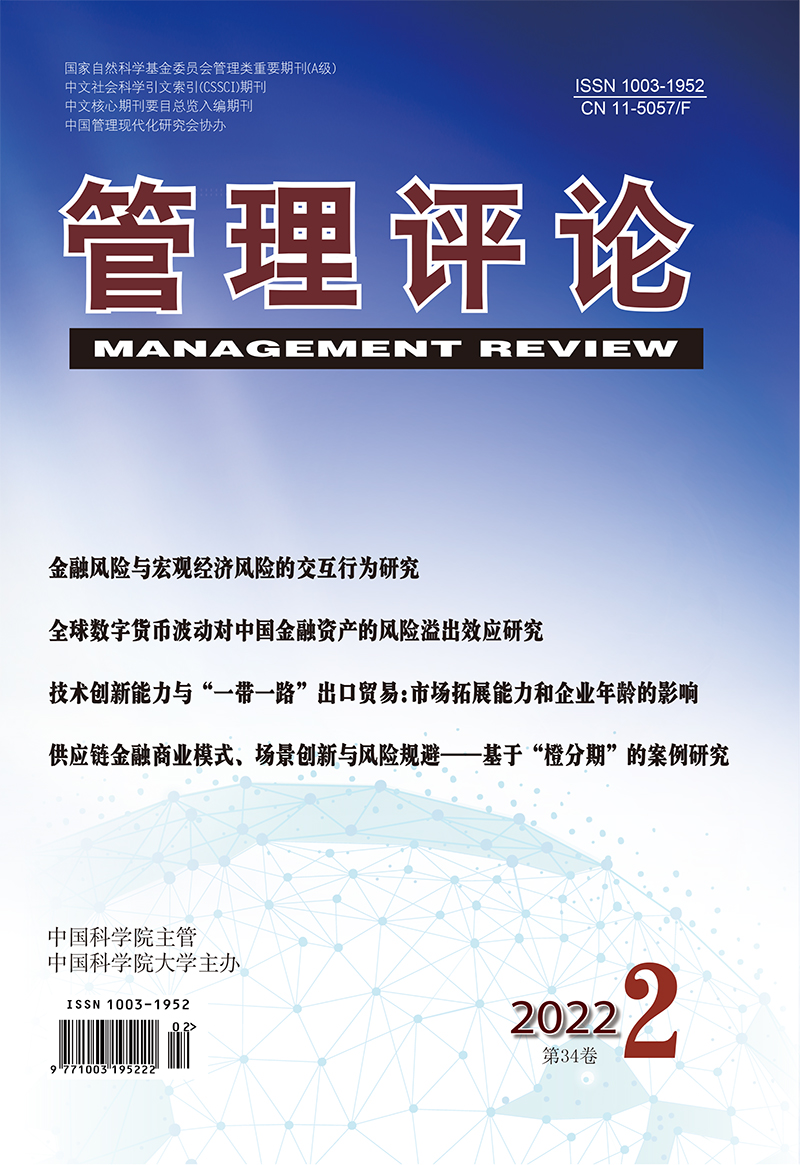|
|
Where Are the Entry Points to Optimizing China's Factors Allocation?——A Comparative Analysis Based on the Seriousness of Multi-dimensional Factors Misallocation
Chen Yiran, Li Yidong, Jin Laiqun, Zhang Rui
2022, 34 (2):
62-75.
The reform of factors allocation system is the key to China’s high-quality economic growth. However, an important question is: where are the entry points to optimizing China’s factors allocation? By introducing intermediate input and loosening the assumption that production function has constant returns to scale, this paper makes a multi-dimensional analysis on the misallocation in China’s manufacturing industry. The results show that: (1) Although under the structural reform policy, the inter-sector misallocation has eased up since 2015, that among intra-sector companies has intensified since 2008, which made the overall misallocation worse year by year, especially the intermediate input misallocation. As of 2018, misallocation had caused a 10.23% loss to China’s TFP, with capital, intermediate input and labor being misallocated resepctively to the most, the less and the least extent. (2) By vertical comparison, the intra-sector misallocation is more serious than inter-sector misallocations. So far as the inter-sector misallocation is concerned, the inter-industry, inter-region and inter-ownership misallocations occur resepctively to the most, the less and the least extent. The same is true of the result of the comparison by factors. (3) In terms of intra-sector misallocation, that in the textile industry, petrochemical industry, machinery and electronics industry, southeast and western regions, and local state-owned sectors is relatively serious or rapidly increasing year by year, which needs to be solved urgently. (4) In terms of the structural reform direction, capital in machinery and electronics, labor in metallurgy, various factors in the eastern region and intermediate input in non-state-owned companies are seriously insufficient, which need to be made up.
References |
Related Articles |
Metrics
|

